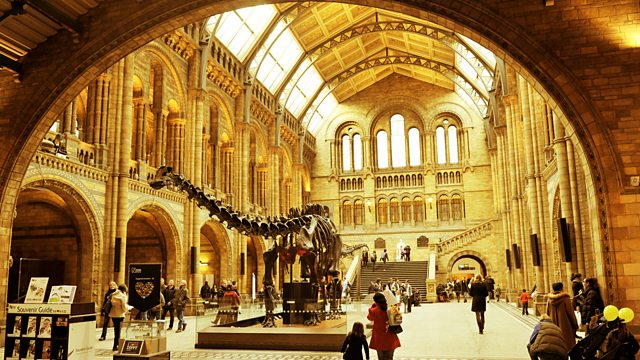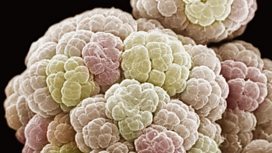Antoni van Leeuwenhoek
Andrew Parker explores the life of 17th-century microscope pioneer, Antoni van Leeuwenhoek. From October 2015.
The development of the microscope unlocked the tiny and enchanting world of microorganisms. Antony van Leeuwenhoek, a draper with an interest in the natural world spent 50 years making his own lenses and developing unique techniques to light and view his subjects. Leeuwenhoek’s descriptions of the movements and appearance of the organisms he observed, some of which he scraped from his teeth, are remarkably accurate given that the single lens he viewed them through was tiny itself – only 1mm in diameter.
He was the first person to see a red blood corpuscle, bacteria and sperm. His observations led to the conclusion that fertilisation occurred at the point that an individual sperm cell penetrates the egg. With lenses that were almost microscopic in size themselves Leeuwenhoek opened up a miniature world captivating and disturbing the public in equal measure.
Scientist Andrew Parker explains why the father of microbiology is his Natural History Hero.
Produced by Ellie Sans
First broadcast on ±«Óãtv Radio 4 in October 2015.
Last on
More episodes
Previous
Next
You are at the last episode
![]()
In Our Time: Microbiology
Melvyn Bragg discusses the history of microbiology, the study of microscopic life.
Clip
-
![]()
Under the microscope: The swimming world in our teeth
Duration: 01:24
Professor Andrew Parker

He is also interested in the origin and evolution of vision and visual systems.
Antoni van Leeuwenhoek

Van Leeuwenhoek's microscope

Broadcasts
- Fri 9 Oct 2015 13:45±«Óãtv Radio 4
- Tue 30 Aug 2016 09:30±«Óãtv Radio 4
- Fri 15 Nov 2019 14:15±«Óãtv Radio 4 Extra
- Sat 16 Nov 2019 02:15±«Óãtv Radio 4 Extra
5 scientists who changed the way we see nature
The Natural History Heroes who inspired today's experts.
Natural Histories
Brett Westwood explores nature's profound impact on human culture and society.
Download Natural History Heroes
Subscribe to the free Natural Histories podcast.



